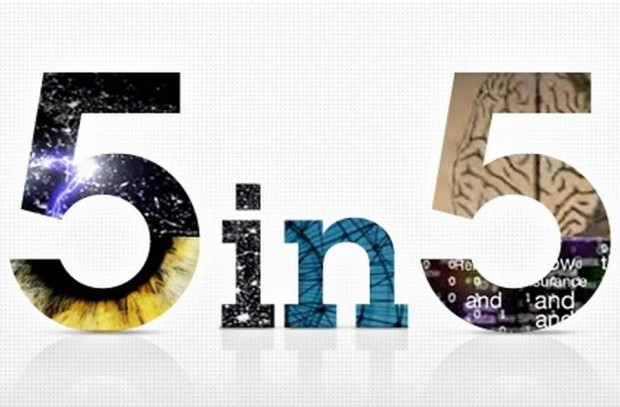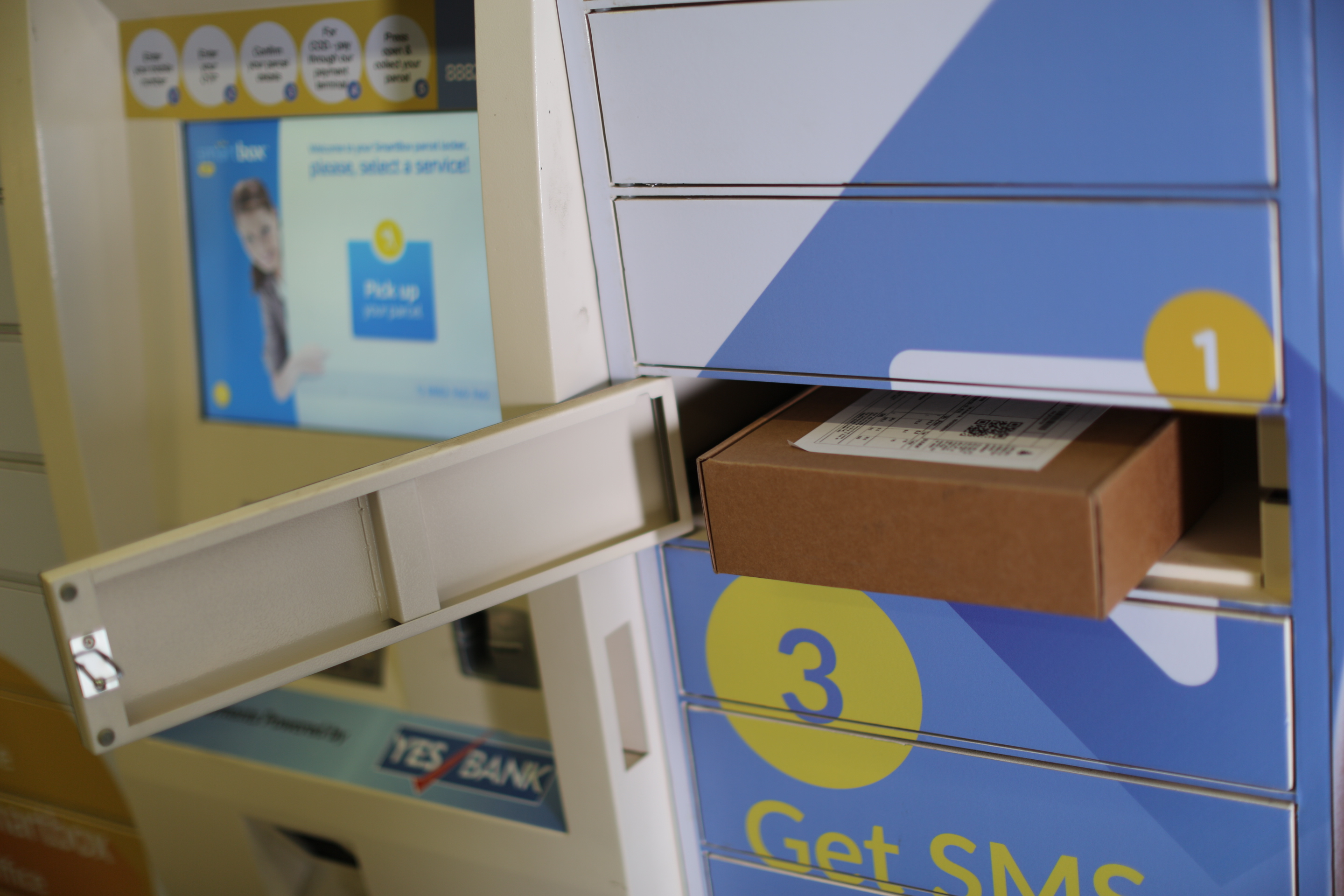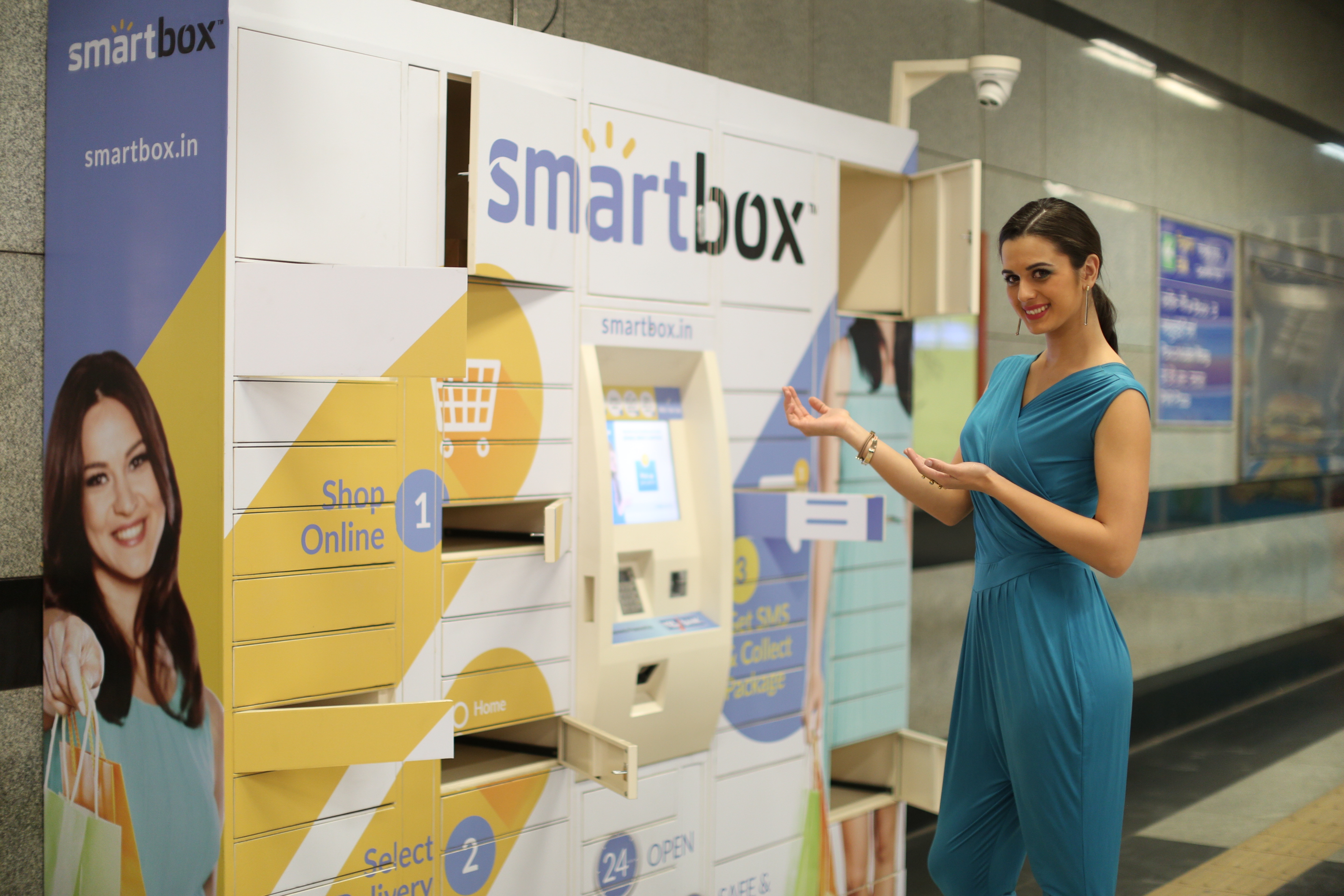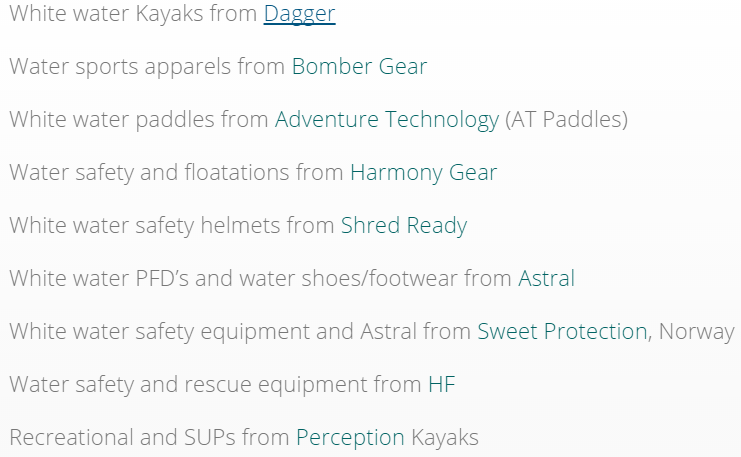National Instruments, the provider of platform-based systems that enable engineers and scientists to solve the world’s greatest engineering challenges, has mentored Anuj Verma and Shlok Jhawar [Age: 14 years respectively], students of Delhi Public School, Bengaluru in successfully creating a 4-wheeled, all-terrain, multi-purpose robot named, Recon Rover.

In their quest to do something for the society, these budding engineers aspired and built a Disaster Recovery and Surveillance Robot, Recon Rover, that can be used for surveillance during disasters and natural calamities. This robot incorporates data from various actuators and sensors in order to give the users the best control and accurate data from areas struck by natural calamities.
The robot uses ultrasonic sensors to automatically avoid obstacles and prevent crash along with sensing the presence of humans stuck in disaster zones. It sends real time images and data from the disaster site while being controlled remotely.
Anuj and Shlok are class VIII students of Delhi Public School, Bengaluru. They want to pursue robotics and electronics engineering later in their careers. They had earlier participated in NIYantra, NI’s annual Student Design contest, with a simple prototype of their product. They were successful in getting noticed by NI experts and since then have been closely working with the team in shaping up their final product using NI LabVIEW [system design software] and NI myRIO [embedded hardware device for students]. National Instruments provides hardware and software platform that not only helps professional scientists and engineers to solve complex applications, but also these budding engineers to envisage and build systems having great social impact.
Commenting on the success of these students, Aditi Chauhan, Marketing Manager-India, National Instruments, said
National Instruments has equipped scientists and engineers, with tools that accelerate the development of smart measurement systems and embedded control systems. This mission of ours extends into education, to serve budding scientists and engineers with access to the same advanced tools and technologies. These technologies help students to quickly realize and validate, solutions to real-world problems. We are particularly proud of Anuj and Shlok who at such a young age have envisioned a product which can make disaster recovery faster without putting anyone at risk. Over the years, we have partnered with various schools and colleges and helped many aspiring engineers solve pertinent engineering challenges. In the same way, we will continue our engagement with these two promising students and help them with their future endeavors.
Anuj Verma said
Even with advanced technology into play, rescue operations are often slow resulting in mass panic. The biggest challenge which rescue teams face is that of accessibility. When disaster strikes a place which is remote and hard to access, getting any information can be challenging. To address this issue, we created the Recon Rover, with a highly-advanced user interface which can be controlled very easily. NI provided us access to various NI tools required to make this product flexible and scalable. With NI’s help, we were able to solve various challenges which we faced in the product development stage.
Shlok Jhawar added
Today, rescue teams go into disaster zones without knowing what lies ahead. This also puts their lives at risk. Recon Rover created using NI’s LabVIEW platform, can not only solve this problem but can also reduce cost of manpower. NI LabVIEW, being a powerful and user friendly platform, has helped us turn our thoughts into a successful application. It is also better than other platforms as it can be easily interfaced with several different hardware platforms, not restricting it to only NI platforms. We were happy to get constant support from NI’s team who have helped us in our product development process.
As a part of its Academic program, NI organizes an annual student design competition, NIYANTRA, where it mentors hundreds of students, equips them with NI hardware, software and guidance that is required for their projects. Some of these students are really motivated to take their idea to prototype. NI further makes this possible through its various initiatives aimed at enabling SMEs and future entrepreneurs with technology access, startup assistance and ecosystem support. Also, NI, with a rich ecosystem of industry, academia, partners and consultants, encourages a continuous collaboration between these stakeholders that fosters business opportunities for all of them.













